
views
Preparing the Rice
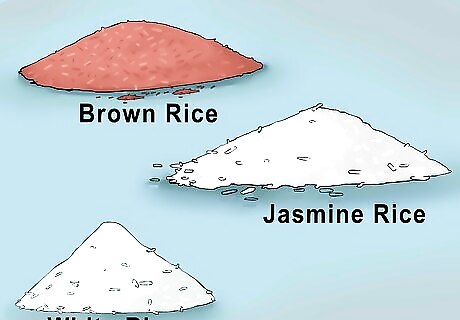
Choose your rice. You can prepare rice water with any type of rice, though white, brown, and jasmine rice are common options. If you already own rice, whatever kind of rice you have on hand will work.
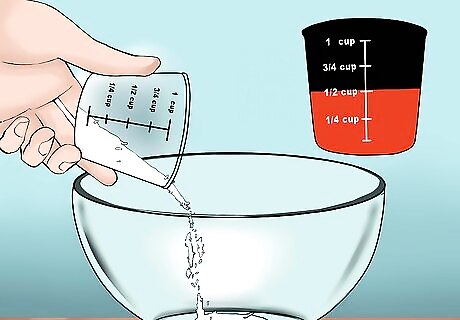
Put 1/2 cup (92.5 g) of rice into a bowl. If you want to make large quantities of rice water, you can increase the amount of rice that you use, as long as you remember to also increase the water. Keep in mind that rice water has a shelf life of 1week.
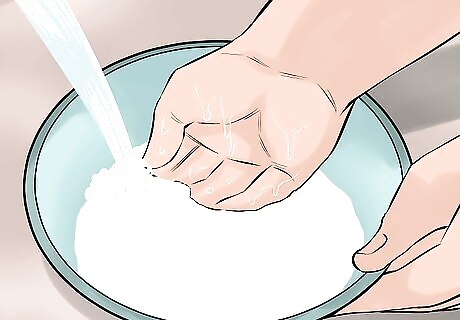
Wash the rice. Pour water over the rice and swirl the water to remove dirt. Strain out the rice and return it to the empty bowl. Repeat the steps to wash your rice a second time.
Making Rice Water
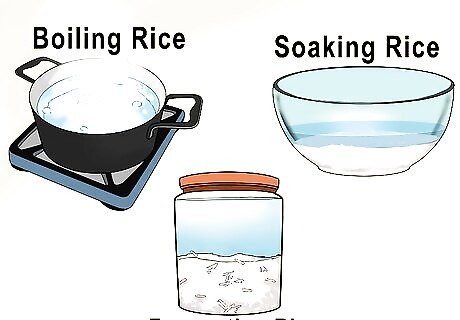
Decide how to prepare the rice water. You can make rice water by boiling rice, soaking rice, or fermenting soaked rice water. Which type you pick will depend on how much time you have and how you want to use the rice water. Boiling your rice will create a concentrated batch of rice water, so it’s stronger. You will need to mix it with clean water when you use it. Soaking your rice is the simplest method because you have fewer steps and don’t need to attend your rice water while it’s soaking. Because it’s not concentrated, you may run out faster. Fermenting your rice water takes the most time, but the fermentation process brings out more vitamins and nutrients.

Transfer your rice to an appropriate container. After rinsing the ½ cup (92.5 g) of rice, you’ll need to put it in a different container. If you are boiling your rice, place it in a lidded pot. Otherwise, place your rice in a clean bowl.
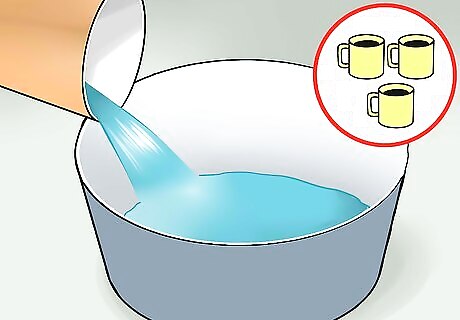
Add 3 cups (710 ml) of water. You will use more water than you would normally use to make rice so that you will have leftover water once you’re finished cooking the rice. Ignore the directions on your rice packaging. Using those directions, you will not have leftover rice water.
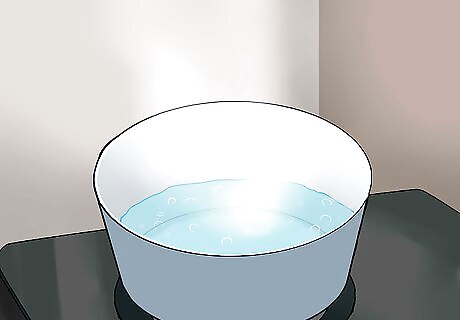
Boil your rice for concentrated rice water. While boiling the rice to make rice water takes more effort, the results are more potent, so you can use less of it. Bring the water to a boil. Pour in your rice, cover the container, and then cook it on medium-low heat for 15-20 minutes. Allow your boiled rice to cool before handling it.
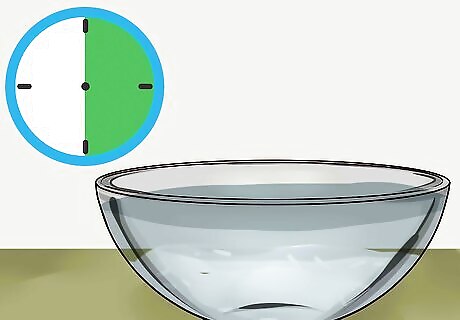
Soak your rice for 15-30 minutes to get diluted rice water. Soaking requires less work but the results will be less potent. You will also not need to dilute your rice water if you soak your rice. Be sure to cover the container while the rice is soaking. If you plan to ferment your rice water, soaking the rice is the best way to prepare the rice water before fermentation.
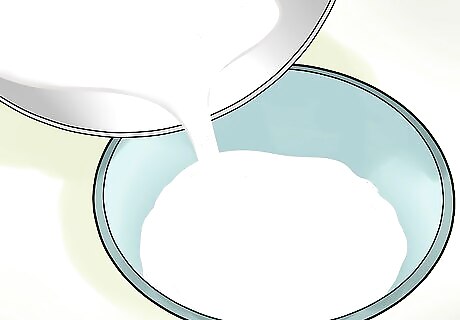
Strain out the rice after boiling or soaking it. Drain the rice water into a separate container. Drain it more than once so that you won't find any rice grains in the water. Your rice water will have a milky-white color.

Decide if you want to ferment your soaked rice water. To ferment your rice water, place rice water that you prepared by soaking into a container. Allow your rice water to sit for 1-2 days uncovered. When it begins to smell sour, place it into the refrigerator to stop the fermentation process. Dilute fermented rice water with 1–2 cups (240–470 ml) of clean water because it is very potent.
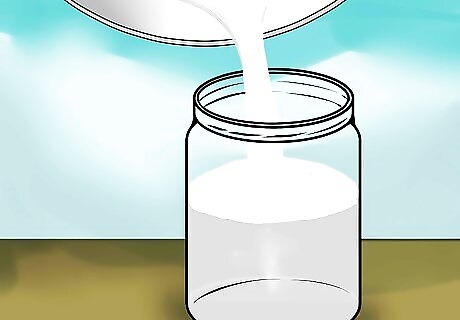
Pour your rice water into a container. You will need to store your rice water in a sealed container, so choose something like a jar, a food storage container, or a lidded carafe.
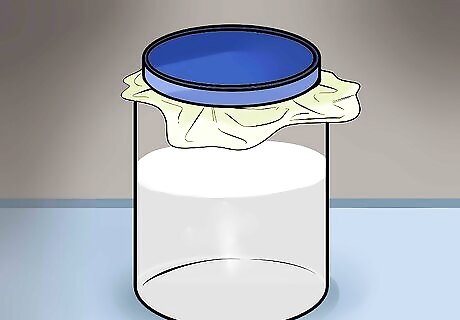
Store your rice water in the refrigerator. It will last for up to 1 week if properly stored.
Cleansing With Rice Water
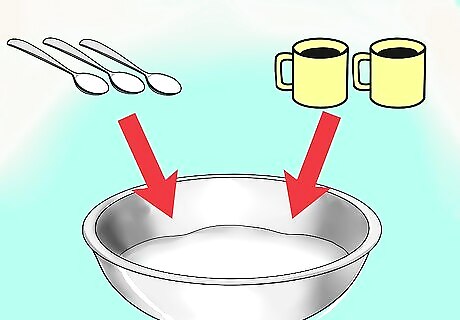
Dilute your rice water if it’s boiled or fermented. If you are using boiled or fermented rice water, measure out 2–3 tablespoons (30–44 ml) tablespoons and add it to 1–2 cups (240–470 ml) of water. If you are using soaked rice water, skip this step.
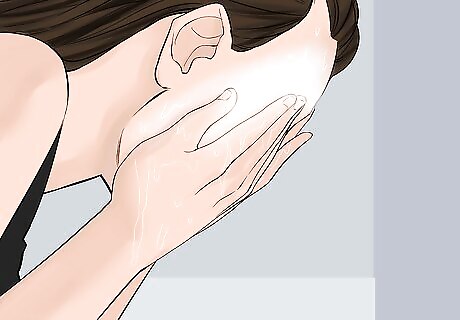
Splash the rice water onto your face or apply it with a cotton ball. Over the sink or in a shower, use your hands to wash your face with the rice water. Repeat this action 4-6 times. Alternatively, you can dip a cotton ball in rice water and lightly rub it over your face.

Rinse your face with clean water if desired. You can cleanse away the rice water using clean water. The nutrients in the rice water will remain in your skin. Alternatively, you can allow the rice water to air dry on your skin.

Pat your face dry with a towel if you rinsed it. Make sure your towel is clean to avoid transferring bacteria back onto your skin.
















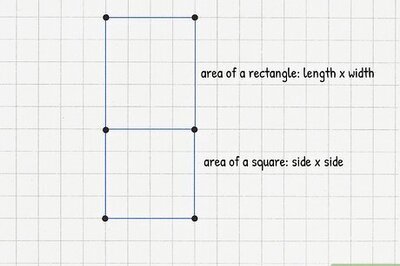

Comments
0 comment